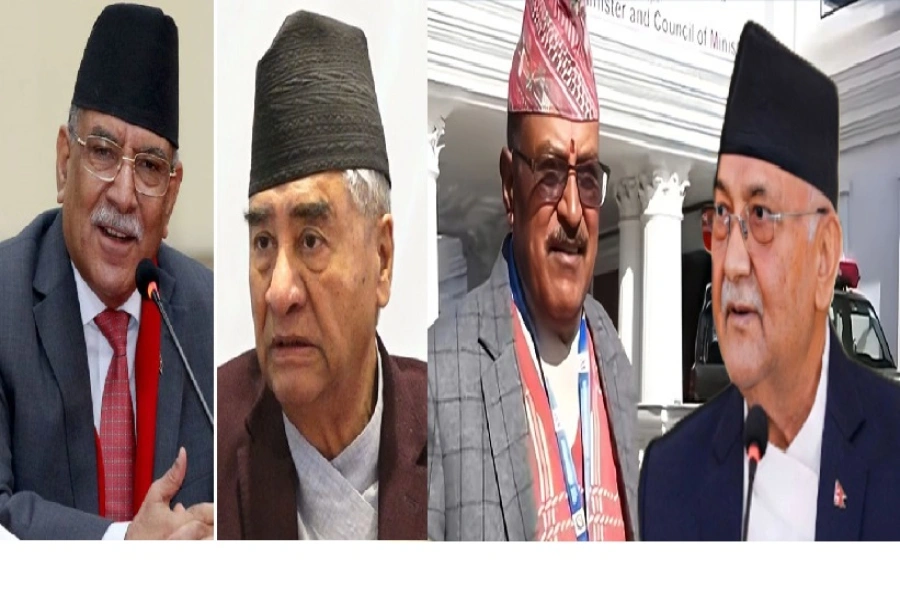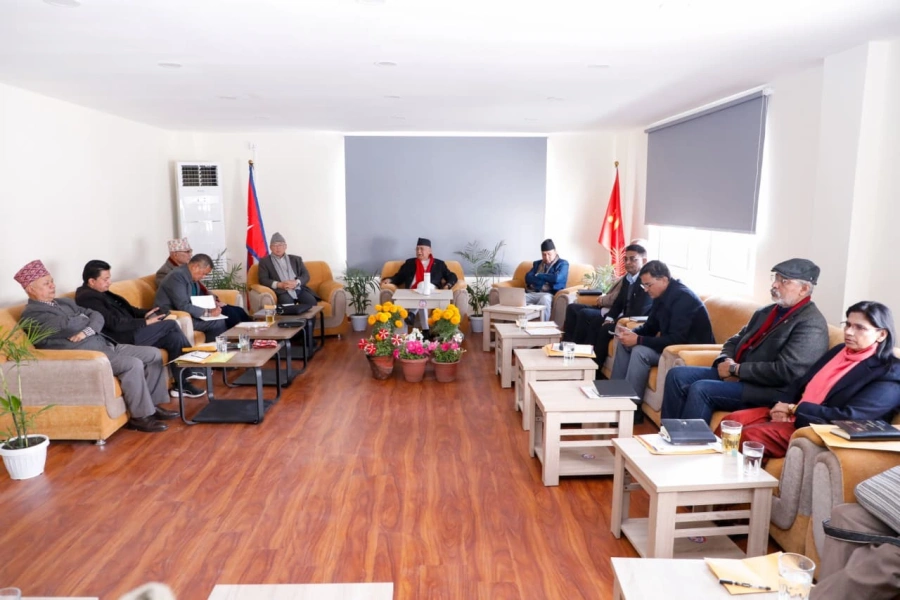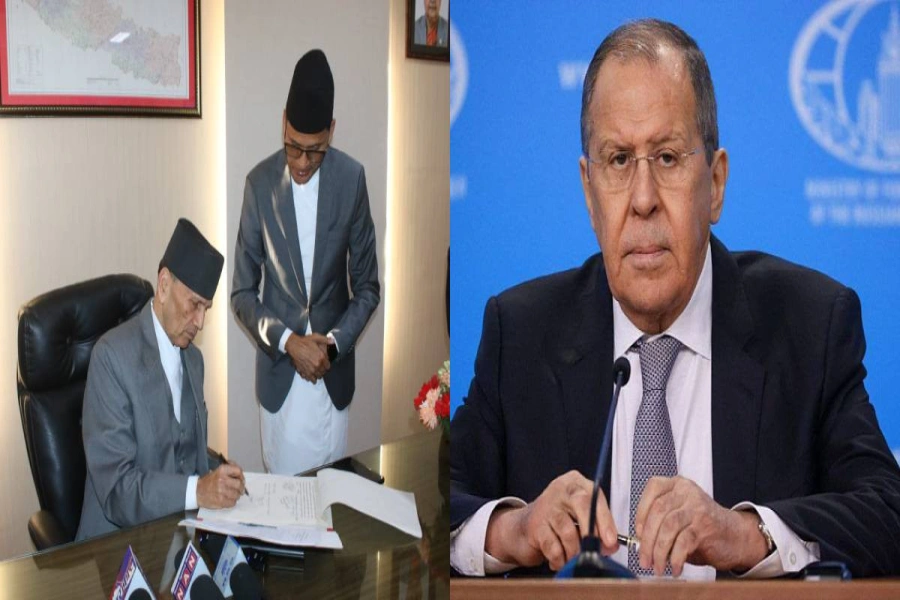With winter in full bloom in the country, a major concern for a lot of Nepalis is the lack of warmth and shelter during the coldest months of the year. A large number of people in Nepal, especially those in the country’s southern plains live in homes made of mud and thatch, which provide little insulation against cold. This can lead to hypothermia and other serious health problems, especially for the elderly and young children. In fact, winter is an unwelcome season for a number of Nepalis who lack roofs over their heads and enough clothes to keep themselves warm in this harsh season. The impact of winter is much more severe in the Terai, the country’s southern plains where cold waves kill people every year. The deaths due to cold waves become news every year but sadly, the country has been unable to prevent these deaths. For the past few decades, cold waves have emerged as a major threat to the lives of Nepalis in the 23 districts of the Terai. Cold waves also have negative impacts on agricultural activities, affecting livelihoods. The government has a responsibility to address these issues and ensure that its citizens have access to the resources they need to survive the harsh winter. This includes providing emergency aid and supplies including warm clothes, blankets, and firewood and other essentials to the people in Terai, especially the poor and marginalized people.
Ensure that everyone stays warm in winter

It is really tragic that people have to die because they lack enough clothes to keep themselves warm. Unfortunately, over four dozen people have been killed due to cold in the last four years. This year, too, a few people have already died due to cold waves in the Terai. Small children, elderly people and women are especially affected by cold waves. The country clearly lacks preparedness activities to face the adverse weather pattern that comes every year. Even by moderate estimates, around 125,000 families in the Terai are affected by cold waves every year and these numbers are growing. Fortunately, the new government in Kathmandu has got full shape. The new provincial governments, too, have been formed. Now the government at the center must coordinate with the subnational governments and community-level disaster management committees to identify at-risk households and develop a response plan.
All this has to be done within the next few days. There is no immediate respite from the harsh cold weather as winter is here to stay at least for a whole month more now. What’s more, the mercury is expected to dip down further. In this situation, the government at the center and those in the provinces are definitely expected to do their best to help the people live comfortably in this harsh weather. More especially, the provincial governments should make their presence felt by doing the needful and silence their critics who question the relevance of their existence. In these situations, however, it is the local governments that can play the most effective role as they are closer to the ground realities. They can carry out rapid needs assessments to identify the most vulnerable families and reach out to them with relief and make them feel that the state exists for them too! They can seek the help of local NGOs and civil society organizations, other charities to distribute at least warm clothes, blankets etc to those who need them. In fact, the private sector and NGOs also have a role to play in addressing winter woes in Nepal. They can provide aid and resources to those in need, as well as work with the government and local communities to develop sustainable solutions that will help people survive and thrive during the winter months. In fact, we all can contribute to this cause. We as individuals can donate clothes, beddings and blankets to the needy either directly or through organizations established for the same purpose. Each of us, let’s do our bit toward making sure that all Nepalis stay comfortably warm in these cold weather conditions.


































